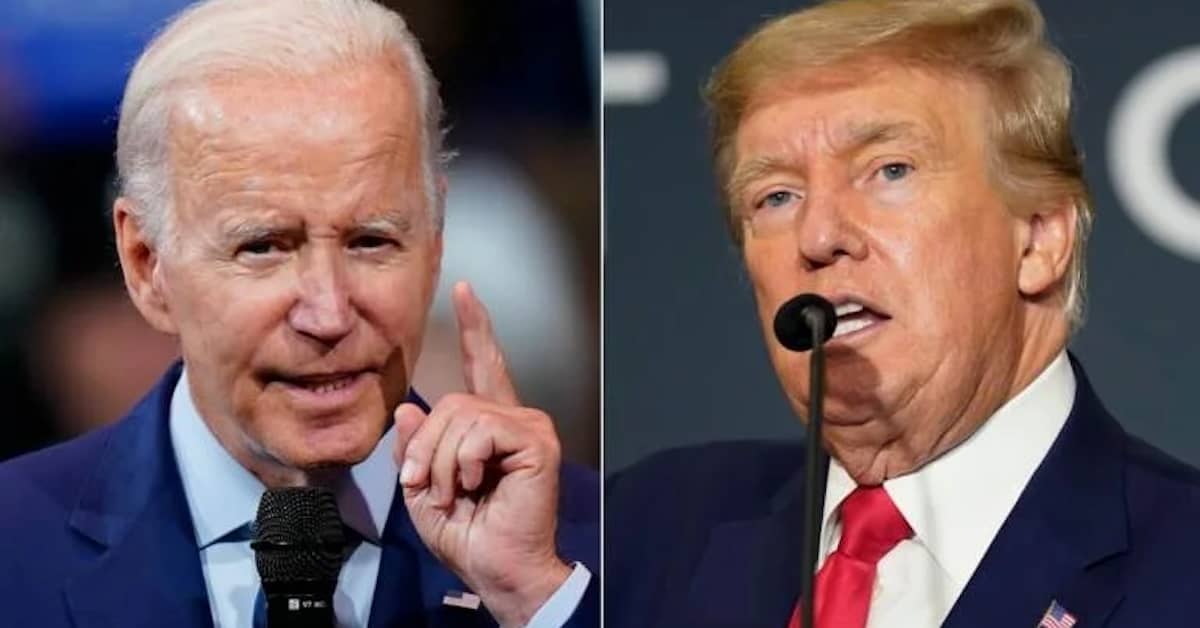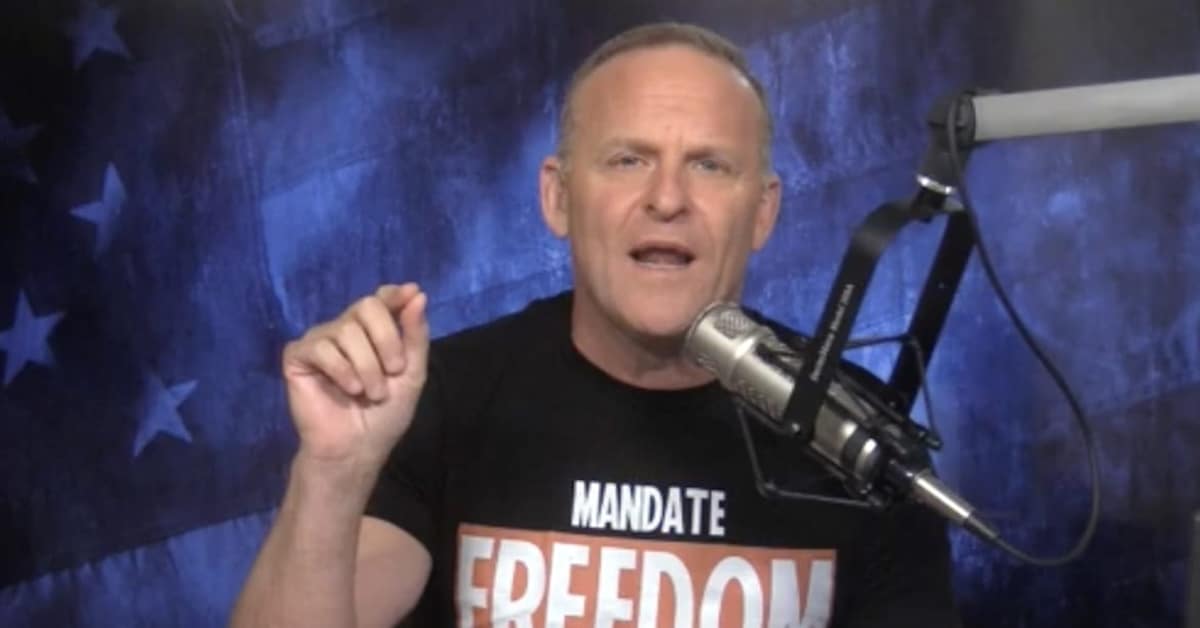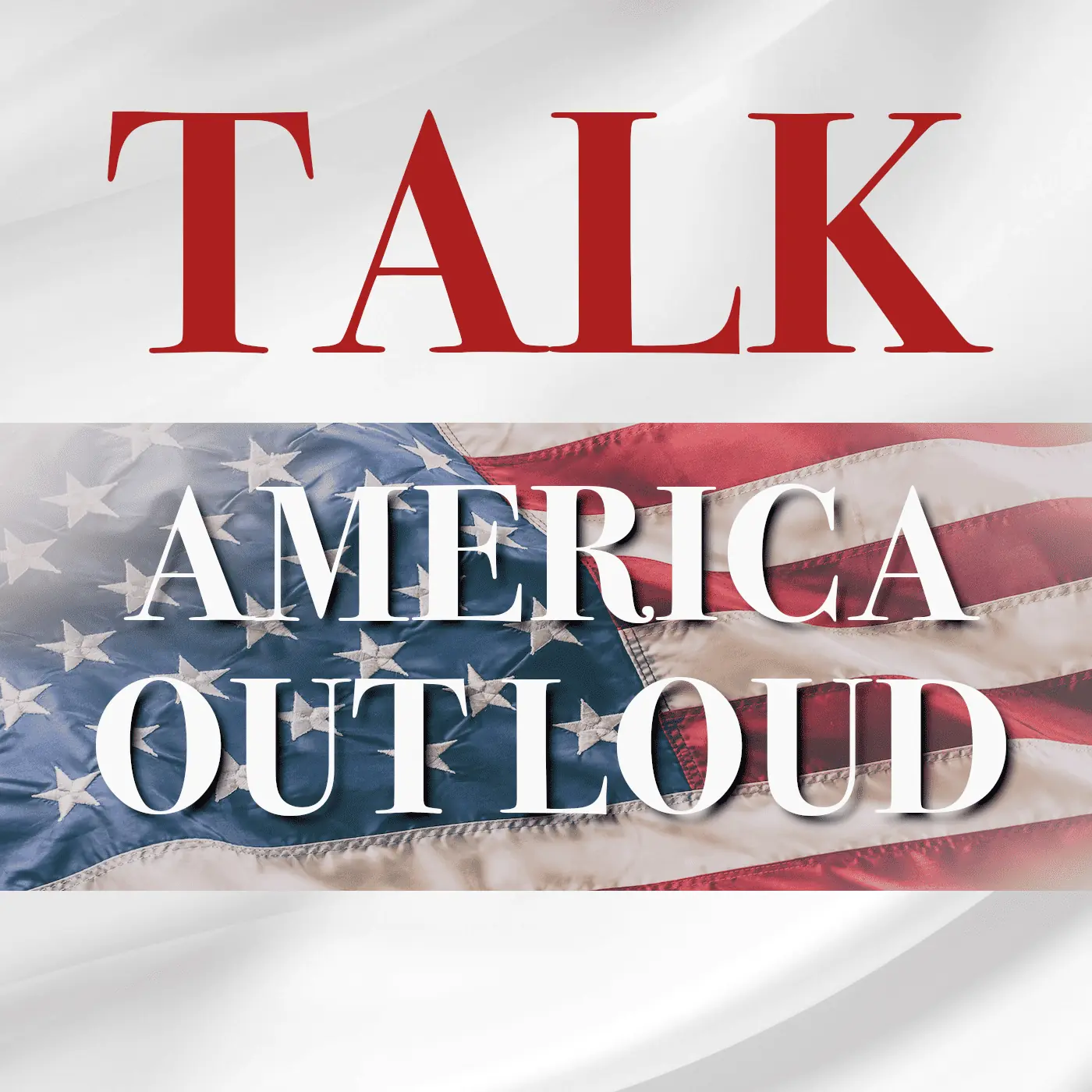Silicon Valley Bank’s (SVB) collapse, and the collapse of several other banks, is a harbinger of things to come, so while everyone else casts blame to score political points, allow me to explain what really happened so that when it continues to happen (with increasing frequency), you’ll know what is really going on.
Here are the causes of the failures:
- Regulatory failures (detailed below).
- Diversity, Inclusion, and Equity (DIE) and Environmental, Social, and Governance (ESG) initiatives pushed banks (and other organizations – this is not just banks) to hire based on things like race and sexual orientation rather than competence, and to focus on politically correct initiatives rather than profit. This created a negative feedback loop (detailed below).
- The safest investments (Federal Savings Bonds) dropped in value. Banks holding long-term bonds suddenly had assets that were worth less than the banks paid for them.
- Other investments were not liquid enough, so the savings bonds had to be sold.
- The bailouts of 2008 taught the banks that while profits were privatized, losses would be borne by the taxpayer, encouraging riskier investment and inflating the DIE/ESG negative feedback loop.
- The stock market came down enough to make investments using leveraged money problematic. This was also driven, at least in part, by a corporate focus on DIE/ESG over profitability.
- SVB reported significant quarterly losses, spooking depositors, who flocked in to get their money, creating a bank run. Since SVB lacked liquid assets, it could not cover depositor demand, and it failed.
- Several other banks had, or are having, the same problem.
SVB is a bank, but understand that it was not acting much like a bank – it was acting like a venture capitalist, backing quite literally half of all venture-backed technology and life-science companies in the United States. The Biden Administration makes it sound like extending FDIC coverage for the entirety of all accounts at SVB somehow helps the average American household, but really, it’s a bailout for venture capitalists (and Democratic donors).
SVB was a particularly ‘woke’ bank, favoring investments in Diversity, Inclusion, and Equity (DIE) initiatives, and climate alarmism.
Signature Bank had the same problems and also failed, and note that Maria Kumar of NBC, referred to SVB this past Sunday as “The Democrat’s ATM” in reference to SVB’s investment choices.
Low-interest rates make it hard for banks to make money on typical banking operations, like loans. This pushed banks into riskier investments. SVB doubled its assets over just one year, which is ridiculously fast. Regulators should have been all over SVB to ensure that it was adequately managing risk and that it had sufficient liquidity to prevent a run on the bank – this was particularly important as interest rates rose. Regulators failed to do their jobs, SVB was heavily invested in high-risk assets without sufficient liquidity to meet depositor demand, and SVB was forced to sell assets, like savings bonds, for a loss.
Interestingly, Joe Biden blames Trump for this, saying that Trump rolled back banking regulations. While it is true that Trump eliminated some regulations relating to banks, none of the regulations Trump rolled back had anything to do with the reasons SVB failed. The regulations necessary to prevent SVB from doing what it did are still on the books; this was a failure not of regulations, but of those responsible for enforcing them.
If we put all of this together, we have a bank (a group of banks) that were investing in unprofitable Democratic priorities and donating to Democratic candidates (like Joe Biden), while simultaneously taking customer deposits – almost entirely from Democrats – and investing them in highly risky ventures that focused on ESG scores rather than profits, and that hired based on DIE programs rather than competence.
That’s not to say that you cannot hire competent people while also focusing on diversity and inclusion. Any firm that is inclusive in its hiring practices will tend to become more diverse over time. Every company should make being inclusive a priority, of course, but companies also need to be realistic in the sense that their diversity of employment will be reflective of the diversity of applicants.
I once worked for a manufacturing company in Lowell, Michigan. Lowell, Michigan is a small town of fewer than 4,000 people, the vast majority of whom are white. It’s not the fault of anyone in Lowell, Michigan, that most of the people living there are white, and it was certainly not the fault of my employer, but it did have an impact on how diverse the workforce was. My employer wanted to hire more minority applicants, but there were very few of them available in Lowell, Michigan.
When Justin Trudeau became Prime Minister of Canada, 20% of Canada’s Parliament was female, Justin Trudeau announced that more than half of his cabinet would be female, but such a goal overlooks the fact that most of the people in the cabinet come from Canada’s Parliament, which was only 20% female at the time. Had Justin Trudeau hired for competence alone, we would have expected him to have a cabinet somewhere around 20% female, representing the diversity in the group the cabinet is hired out of. Artificially increasing that number to more than 50% meant, in many cases turning down the most qualified people to hire someone purely based on gender instead.
More to the point, both DIE and ESG are left-leaning priorities, so hiring managers who focus on DIE are more apt to hire people aligned with DIE and ESG, further excluding more qualified applicants. In this way, Joe Biden hired ‘Pothole’ Pete Buttigieg as Secretary of Transportation, and Jennifer Granholm as Secretary of Energy, in spite of the fact that neither of them had a lick of knowledge nor experience managing transportation or energy. Pete Buttigieg is gay and supports DIE and ESG. Jennifer Granholm is a woman who supports DIE and ESG.
This is not just a government issue. Companies that prioritize DIE and ESG tend to hire people who also prioritize DIE and ESG rather than hiring people who are more qualified to run those companies. It should come as no surprise that when banks finance companies that make no money rather than companies that do, once the Fed-induced money spigot dries up, those banks lose money.

When a bank starts to lose money, depositors get nervous and start moving their money to other banks. As soon as a bank runs out of cash in trying to meet depositor demand, it goes belly up. SVB did not go under due to a lack of assets, but due to a lack of liquidity, and that lack of liquidity was directly related to a pattern of investing that put political correctness ahead of business sense.
Some of the biggest investment houses in the world are putting DIE and ESG ahead of business performance, investing our 401k and pension funds in companies that, like SVB, are focused on DIE and ESG, and hiring leadership teams who are also focused on DIE and ESG rather than hiring people based on competence.
All of this creates a negative feedback loop.
Within a company, hiring managers who hire more managers based on compliance with DIE and ESG become ever more focused on DIE and ESG at the expense of sound business practices. As they move further and further away from being competence-based, they become weaker and weaker in the marketplace until they fail.
At the same time, when investment houses like BlackRock make investment decisions based on DIE and ESG scores rather than based on sound business performance, it makes it harder and harder for companies to run soundly to secure operating capital, forcing more and more companies to focus on DIE and ESG scores instead, in turn leading more and more companies to hire unqualified people that will run them into the ground chasing everything under the sun except the one thing a company needs to stay afloat – profit.
How about the 401k and pension funds? ESG scores have not been around long enough to have a lot of empirical evidence, but I’d be willing to bet my bottom dollar that 401k and pension funds investing in companies that consistently lose money will also lose money for their investors. If your retirement funds are tied up promoting ESG scores, don’t expect to retire anytime soon, as the growth you’ll need in those investments simply won’t be there.
Let me tell you how this all plays out…
The banks that are failing are left-leaning ESG ATM machines. All of them will be bailed out to try to prevent a serious economic downturn.
Those bailouts may fail, in which case we’ll see a recession. If this happens, investors will be forced to sour on ESG, and our economy will slowly improve.
More likely, the bailouts will succeed in stopping the recession – for now. ESG investing will continue to create a bubble, with more and more investment income getting pumped into companies that are losing money and that don’t care. Stock prices for failing businesses will climb, attracting more and more investment, and making the ESG bubble bigger and bigger and bigger.
There are some very intelligent neo-Keynsnian economists, and they have gotten very good at keeping bubbles going. I don’t doubt that they can keep the ESG bubble going for quite some time, but in the long run, it is not very smart to try to grow an economy by losing money. The ESG bubble is guaranteed to eventually fail, and when it does, we will go into a recession or a depression.
How bad will that recession or depression get? That depends on how long the ESG bubble is allowed to grow. The longer that bubble grows, the larger the proportion of our economy represented by companies that are losing money will become.
How do you grow out of a recession when all of your companies are geared toward losing money and run by people who think losing money is a good thing as long as the losses are for politically correct causes?
Those who are looking at these bank failures as being isolated events, or even as being events related solely to banking, are missing the big picture. We are changing our economy away from one based on investor profit, toward one based on political correctness. If we let this bubble go long enough, when it bursts, there won’t be anything of value left in our economy to recover.
SVB is but a harbinger of things to come in a country and world hell-bent on committing economic suicide.


























Stop flailing away at the branches of an iniherently fraudulent banking and monetary system. Strike at the root! The current model of banking and currency is based on the Bank of England model, founded in 1694. Benjamin Franklin stated that the main reason for the American Revolutionary War was the insistence by George III that the American colonies accept Bank of England banknotes, which were issued as promissory notes, rather than use the increasingly successful American fiat script, issued by the colonies in the CORRECT quantity and not bearing debt! We must be prepared for a new monetary system, an honest one, when our present debt-based banking cartel collapses. Kindly read and critique this proposed Constitutional Amendment. But first, a little background…
From “The Truth in Money Book” by Theodore R. Thorsen and Richard F Warner:
QUOTE Someone had to borrow at usury to bring that money [checkbook balances, bills and coins] into existence. The money goes out of existence as the usury and the debt principal are paid back to the bank. These amounts are huge: several billion dollars go out of existence each day. [Actually this money goes into the reserve accounts of the Federal Reserve Banks, out of the hands of the public! This book was first printed in November 1980. The amounts which are withdrawn presently are much larger.] If the money is not replaced with new loans, a shortage occurs. Soon individuals and businesses experience serious cash flow problems. These result in more and more loan applications to banks—the only place where money is being created to replenish the supply” UNQUOTE
Here is one possible solution—-To Hell with Fractional-Reserve Debt-Based Banking Constitutional Amendment
(1) Rescind the Federal Reserve Act of 1913 and rename existing Federal Reserve notes and check book balances, in all U.S. banking and credit-creating institutions as well as foreign holdings of dollars, on a 1-to-1 basis, as U.S. Treasury Dollars and U.S.Treasury-Denominated bank balances. All currently existing financial contracts of the Federal Reserve Banking System, including United States Treasury Bills, Notes, Bonds, and Inflation-Protected Securities, remain in effect.
(2) Henceforward, ex nihilo credit creation by banking and financial institutions in the United States is prohibited. Loans are required to originate from previous savings of U.S. Treasury Dollars and U.S. Treasury-Denominated bank balances from accounts only authorized by account holders for lending purposes. Each loan is held in and paid from a specified, sequestered loan account by the various financial institutions, with interest charges and term limits for each loan to be determined solely by the bank management and the contracting party. Non-cash reserves held in the regional Federal Reserve Banks in accounts of the member institutions of the Federal Reserve System no longer form the basis for credit creation and are extinguished via accounting erasure. Any further payments of principal and interest on currently-existing promissory notes owned by any bank are required to be distributed to holders of savings accounts and checking accounts in that bank in a manner to be determined by each bank, such procedures to be transparent to savings or checking account holders at that bank in terms of amount and frequency of payment. Regional Federal Reserve Banks continue to provide check-clearing operations for the member banks.
(3) Monetary transactions of the regional Federal Reserve banks or of its member banks with international banks, including the Bank of International Settlements and the International Monetary Fund, can not include ex nihilo credit creation.
(4) The U.S. Treasury supplies Treasury Dollars as needed to any member bank of the Federal Reserve system to satisfy demands for cash by deposit and savings account holders in excess of cash reserves held by banks at the time of enactment of this amendment.
(5) Fund the U.S. government and its agencies and projects directly via Treasury Dollars authorized by the Congress in its yearly federal budget. The borrowing of money from the Federal Reserve system of banks or from other institutions or individuals to pay for federal government expenditures is prohibited. All outstanding Treasury Securities are henceforward redeemed on demand via payment with U.S. Treasury Dollars.
(6) Abolish the Federal Income Tax on individuals, corporations, and business enterprises while maintaining a social security tax on individual incomes. Social security retirement revenues are strictly sequestered in Federal Government Retirement Accounts held by the U.S. Treasury and managed by the Social Security Administration. The Sixteenth Amendment to the U.S. Constitution is hereby rescinded and the Internal Revenue Service disbanded.
(7) Institute a federal sales tax with a varying yearly tax rate adjusted by the U.S. Congress in session, the sole aim of such adjustments being to maintain a stable or decreasing Consumer Price Index based on data collected by the Federal Government. Any such federal sales taxes taken in by the Federal Government are extinguished from the currency supply to keep the Consumer Price Index stable or decreasing and are not utilized for further funding.
(8) Article 1, Section 8, Clause 1 of the U.S. Constitution is amended to read as follows: The Congress shall have Power to collect customs duties on imports and exports, uniformly applied throughout the United States, and to provide for the Defence and general Welfare of the United States.
(9) Article 1, Section 8, Clause 2 of the U. S. Constitution is rescinded.
(10) The adoption of this amendment does not prohibit the use by the citizens of the United States of any alternative currencies they should choose to use in their private or commercial transactions, provided both parties to the transaction agree to the medium of exchange.